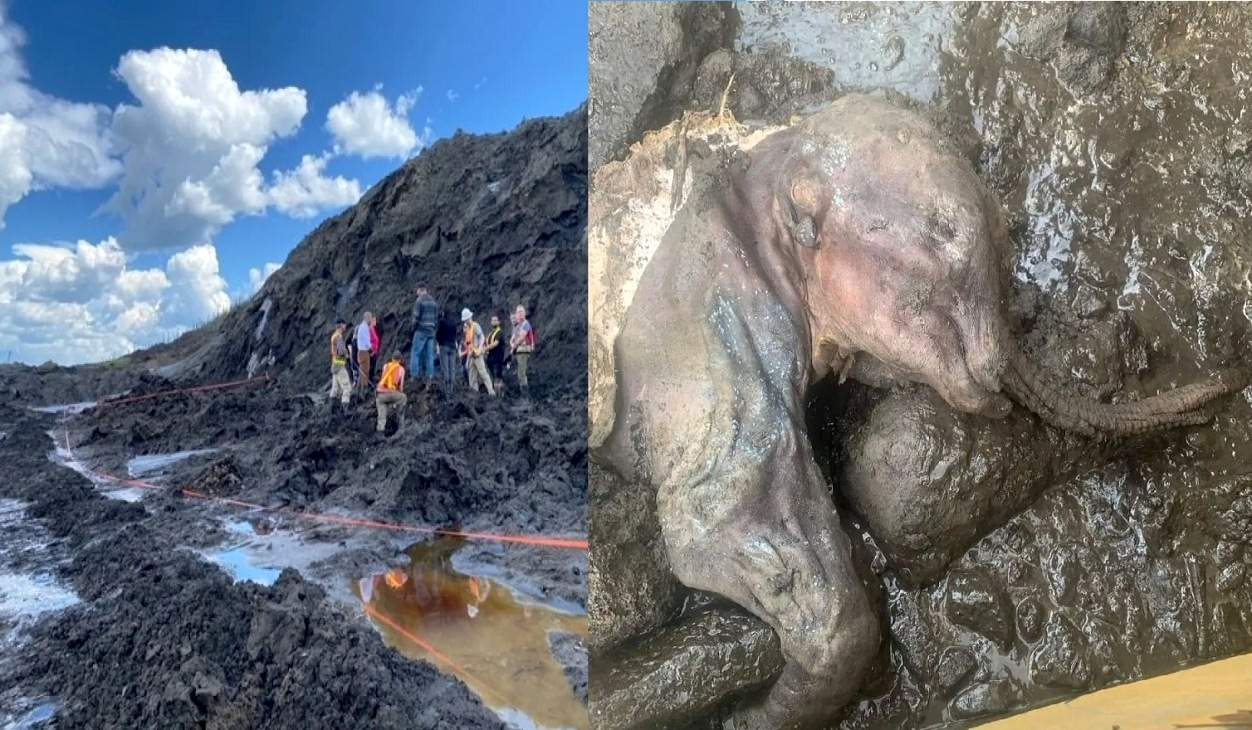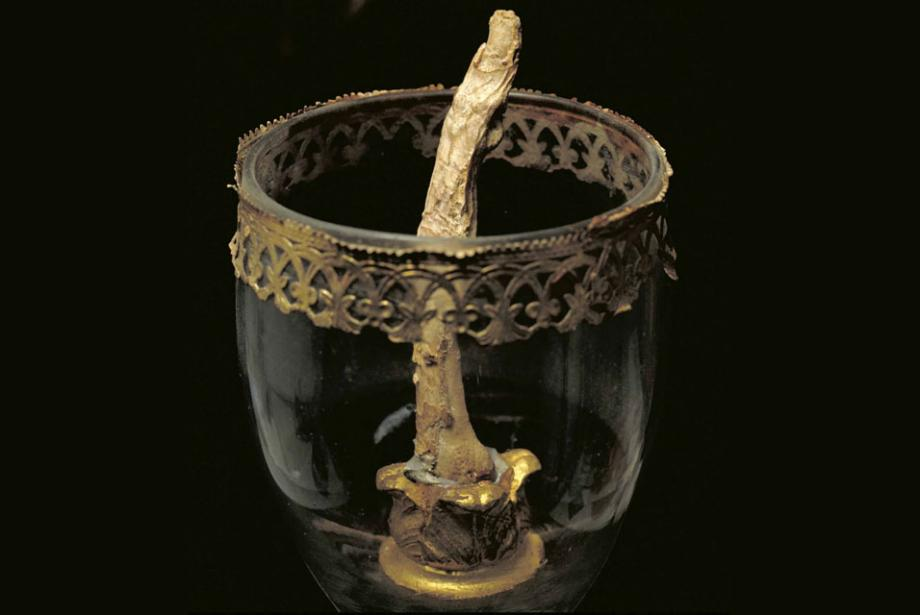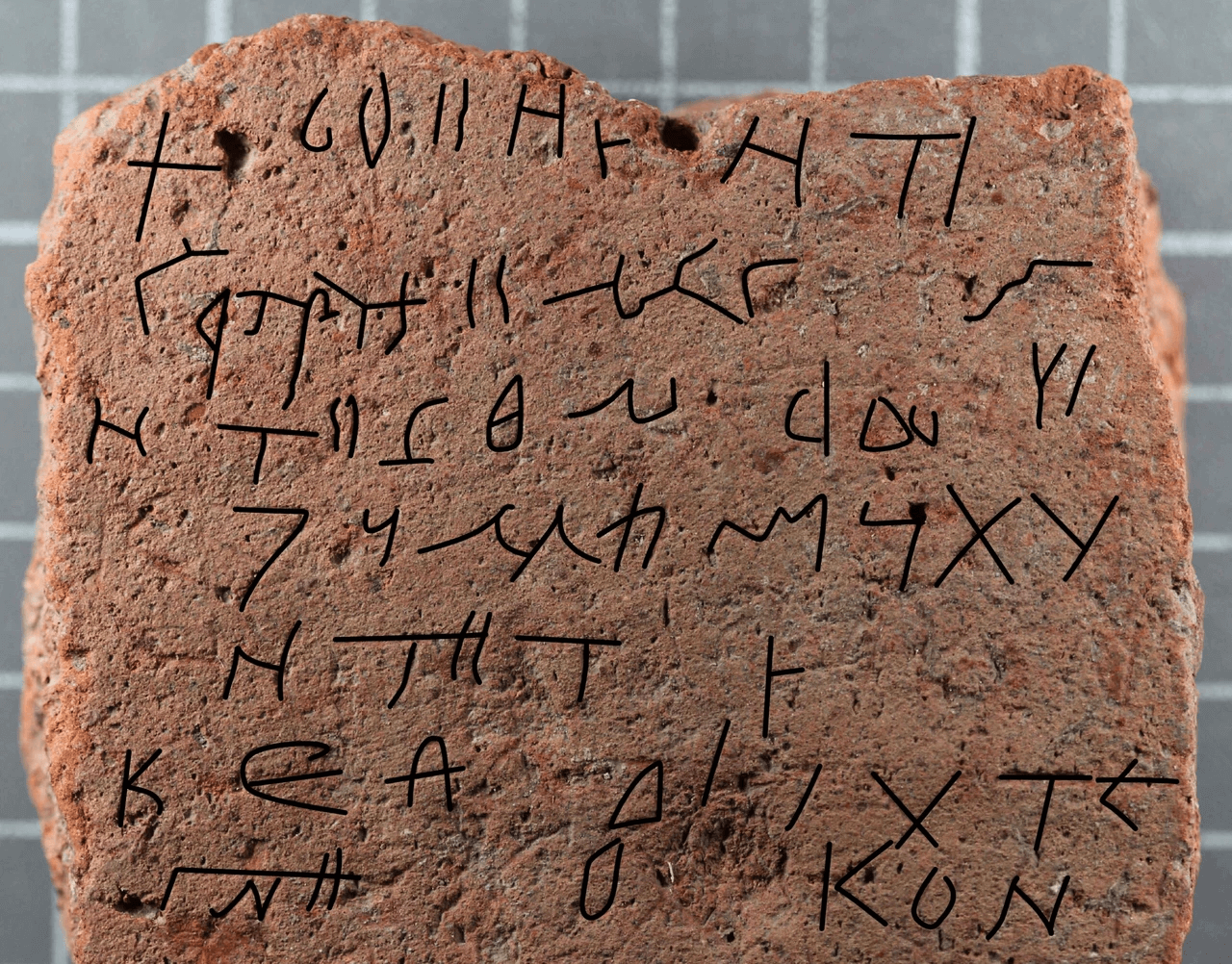Saturn Devouring His Son: An Exploration of Goya's Darkest Masterpiece
Artist: Francisco Goya
Year: c. 1820–1823
Medium: Mixed media mural, later transferred to canvas
Movement: Romanticism
Dimensions: 143.5 cm × 81.4 cm (56.5 in × 32.0 in)
Location: Museo del Prado, Madrid
Saturn Devouring His Son by Francisco Goya is a harrowing depiction of the ancient myth of the Titan Cronus (Saturn in Roman mythology) who, out of fear of being overthrown by one of his children, devours each child upon birth. Painted between 1820 and 1823 as one of Goya’s Black Paintings, this work delves deep into themes of fear, madness, and the destructive power of time.
The painting is part of a series of 14 murals that adorned the walls of Goya’s house, the Quinta del Sordo, near Madrid. The works were not commissioned nor intended for public display, which allowed Goya to explore his darkest thoughts without constraint. The Black Paintings are known for their grim and often surreal subject matter, and Saturn Devouring His Son stands as one of the most chilling examples of this late period in Goya’s career.
The Mythological Background
In Greek mythology, Cronus was the youngest of the Titans, a race of deities who ruled during the mythological Golden Age. His mother, Gaea, prophesied that one of his children would overthrow him, just as Cronus had overthrown his own father, Uranus. To prevent this, Cronus consumed each of his children upon birth. However, his wife Rhea, desperate to save at least one child, hid Zeus (Jupiter in Roman mythology) and tricked Cronus by offering him a stone wrapped in swaddling cloths. Zeus eventually fulfilled the prophecy by defeating his father and becoming king of the gods.
While traditional representations of this myth show Cronus swallowing his children whole, Goya’s version of Saturn presents a far more violent and grotesque interpretation. The figure in the painting does not merely consume his offspring but tears into the body with a deranged ferocity. The scene is imbued with a sense of horror, madness, and unrestrained chaos, making it one of the most disturbing interpretations of the myth in art history.
Composition and Imagery
Goya’s Saturn is a stark, brutal image, rendered in dark, earthy tones, with sharp contrasts of light and shadow. Saturn, a towering figure, emerges from a black void, his eyes wide with madness, his mouth open in the act of consuming the mutilated corpse of his child. The child’s head is already gone, and the Titan’s claw-like hands grip what remains of the body. Blood and flesh stand out against the dark background, highlighting the violence of the act.
One of the most striking features of the painting is Saturn’s eyes. They bulge from their sockets in a crazed expression, adding to the overwhelming sense of insanity that permeates the image. His powerful hands, tightly clutching the lifeless body, suggest not only the act of devouring but also an uncontrollable need to dominate and destroy.
Symbolism and Interpretations
While the painting is rooted in the myth of Saturn, its true meaning has been the subject of much debate. The traditional interpretation sees it as a metaphor for the destructive power of time—Saturn, as the god of time, devours everything, including his own offspring, symbolizing the inevitable decay and death that time brings. The painting may also reflect Goya’s own personal fears. By the time he painted this work, Goya had witnessed the horrors of war, political corruption, and the terror of the Spanish Inquisition. His own health was in decline, and he had become increasingly isolated, both physically and mentally. Some scholars suggest that Saturn Devouring His Son may be a reflection of Goya’s inner turmoil—his fear of mortality, aging, and the futility of human existence.
Another possible interpretation lies in the political situation of Spain during Goya’s time. Spain was a nation consumed by wars and revolution, and Saturn’s act of devouring his own child could be seen as an allegory for the way in which the Spanish state consumed its own citizens through violence and oppression. Goya’s personal experiences during the Peninsular War, as well as his disillusionment with the monarchy and the Inquisition, may have contributed to the painting’s dark and brutal imagery.
Some scholars have also noted the absence of the traditional attributes of Saturn, such as the scythe or hourglass, leading them to question whether the figure in the painting is truly meant to represent the mythological Titan. Instead, it may symbolize a more generalized sense of primal fear and madness. Art historian Fred Licht has even suggested that the painting may be an inversion of antisemitic depictions of Jews consuming children, a reference to the medieval blood libel, although this interpretation remains speculative.
A Work of Madness and Terror
What makes Saturn Devouring His Son particularly disturbing is the sheer visceral horror of the image. Unlike earlier depictions of the myth, such as Peter Paul Rubens’ Saturn, where the Titan is portrayed with a cold, calculating expression, Goya’s Saturn is a figure of madness. His wide, staring eyes, wild hair, and the savagery of his actions suggest a mind unhinged, driven by uncontrollable fear and rage. The lifeless body of his child, which lacks a head and is torn apart with brutal force, adds to the sense of overwhelming horror.
The figure of Saturn in Goya’s painting is not simply devouring his child in an act of self-preservation; he is consumed by his own madness, trapped in a cycle of destruction that he cannot escape. There is no redemption or hope in this image, only the inevitability of violence and death.
The Legacy of Saturn Devouring His Son
After Goya’s death in 1828, the Black Paintings, including Saturn Devouring His Son, were transferred from the walls of the Quinta del Sordo to canvas, a delicate process that inevitably caused some damage. Today, the painting resides in the Museo del Prado in Madrid, where it continues to captivate and horrify viewers.
Despite the ambiguity surrounding its meaning, Saturn Devouring His Son remains one of the most powerful and unsettling works in the history of Western art. Its raw depiction of madness, violence, and fear speaks to the darker aspects of the human condition, themes that resonate as strongly today as they did in Goya’s time.
In the end, Goya’s Saturn Devouring His Son is a work of profound terror and despair, an image that forces viewers to confront their own fears of time, mortality, and the destructive forces that lie within both the individual and society.




























































































